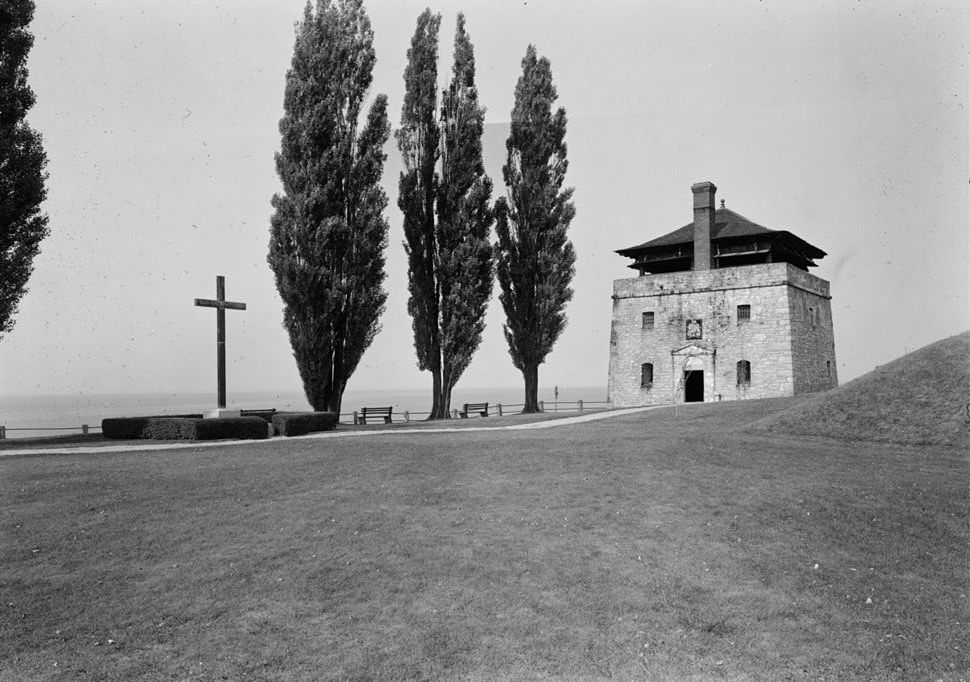Last summer 12MC reader “Scott” provided me with a boatload of National Park trivia. I continue to mine that for article suggestions. With that, I’m going pursue an angle that might be little known, or maybe just to me. One often thinks of everything associated with National Parks as perpetual. After all, their goals include conservation and preservation. Once a park, always a park, one would conclude if understanding the conventional wisdom. However, it doesn’t always happen that way.
It sounds counter-intuitive and perhaps mildly shocking, but the NPS sometimes disestablishes properties. Twenty three sites have been transferred away from NPS administration for a variety of reasons.
John F. Kennedy Center for the Performing Arts

Sometimes the NPS disestablished properties because the original acquisition never made much sense. For example, a concert hall?
The Kennedy Center in Washington, DC (map) offers a world-renowned location for theater, ballet, orchestral performances and arts education. It provides a great home for the National Symphony Orchestra but does it embody the qualities of a great national park? No, of course not. So it became a public-private partnership under the direction of the Kennedy Center trustees in 1994.
Father Millet Cross National Monument

The Father Millet Cross National Monument qualifies as one of the more unusual former NPS properties. Visitors can see it on the grounds of Old Fort Niagara in New York (map). The cross commemorates a rescue mission at the original French fort in 1688.
Father Millet participated in the rescue party that reached the sick and starving soldiers at the garrison. There he erected a wooden cross. Later, a National Monument commemorate the original event, if that makes sense. It became the smallest national monument ever established at a mere 0.0074 acres or 320 square feet.
The NPS eventually disestablished the National Monument and transferred it to the state of New York. It made more sense to include it within surrounding Fort Niagara park. The Father Millet Cross covers but a mere speck on that property. It simply didn’t meet the definition of a National Monument.
Sullys Hill National Park

Most of the disestablished properties previously serves as National Monuments, National Recreation Areas, and the like. Rarely does a full-blown National Park lose that status. It’s even more unusual for one to be removed from the NPS roster altogether. Sullys Hill National Park in North Dakota (map) certainly doesn’t have the name recognition of Yellowstone or Yosemite. Maybe that explains why it no longer exits.
President Theodore Roosevelt himself established the park in 1904 which is pretty significant considering his contributions to the conservation movement and his role in the history of the system of national parks in the United States. Nonetheless, Sullys Hill became a Fish and Wildlife Service property about thirty years later, demoted to a lowly game reserve.
Castle Pinckney National Monument

Chances are, most people know about Ft. Sumter in Charleston Harbor in South Carolina (my visit). It requires only a basic understanding of U.S. History. Naturally it brings to mind an important time and place in the United States at the dawn of the Civil War. What about Castle Pinckney? Perhaps not so much. That reasoning became the primary issue with Castle Pinckney National Monument (map). It served as part of the defenses of Charleston Harbor — just like Ft. Sumter — but to a considerably lesser extent.
Anyone visiting Charleston and gazing upon the harbor likely spots Castle Pinckney without realizing it. The excursion boat that took me to Ft. Sumter sailed directly past it and the guides actually pointed it out. Castle Pinckney seemed to be seriously eroded with vegetation. It sits on a shoal gradually being absorbed into the harbor. Granted, it doesn’t have the name recognition of other Charleston sites. Nonetheless it probably doesn’t deserve this fate either. It transformed from National Monument to neglected ruin.

Leave a Reply